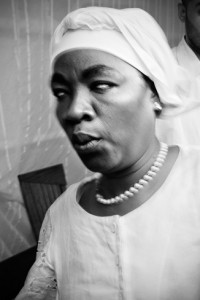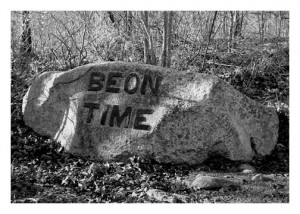The F. Holland Day photo of the Crucifixion with Roman Soldiers is a photo that I particularly as a Christian did not like because that photo to me did seem a bit intrusive to Christianity. The reason I see that photograph as intrusive is because it really seemed like a mockery to what really happened at the crucifixion. What I mean is the soldiers and how they are dressed. Obviously the one who was undressed was Christ because he was being humiliated so it makes no sense in the photograph that the Roman soldiers are also undressed, thats the part in the photograph that seems like a mockery to me. Therefore in this case I do think that the photo was intrusive to a religion, Christianity.
Documenting religious experiences can also not be intrusive, for example if a Christian event is documented for the purposes of promoting future Christian events like those documented then its not intrusive. But it can definitely be intrusive if a religious event is being documented for the purposes of making it look bad or promoting negative things about that particular religion. It’s really the purpose of documenting a religious event that makes it either intrusive or not intrusive.





